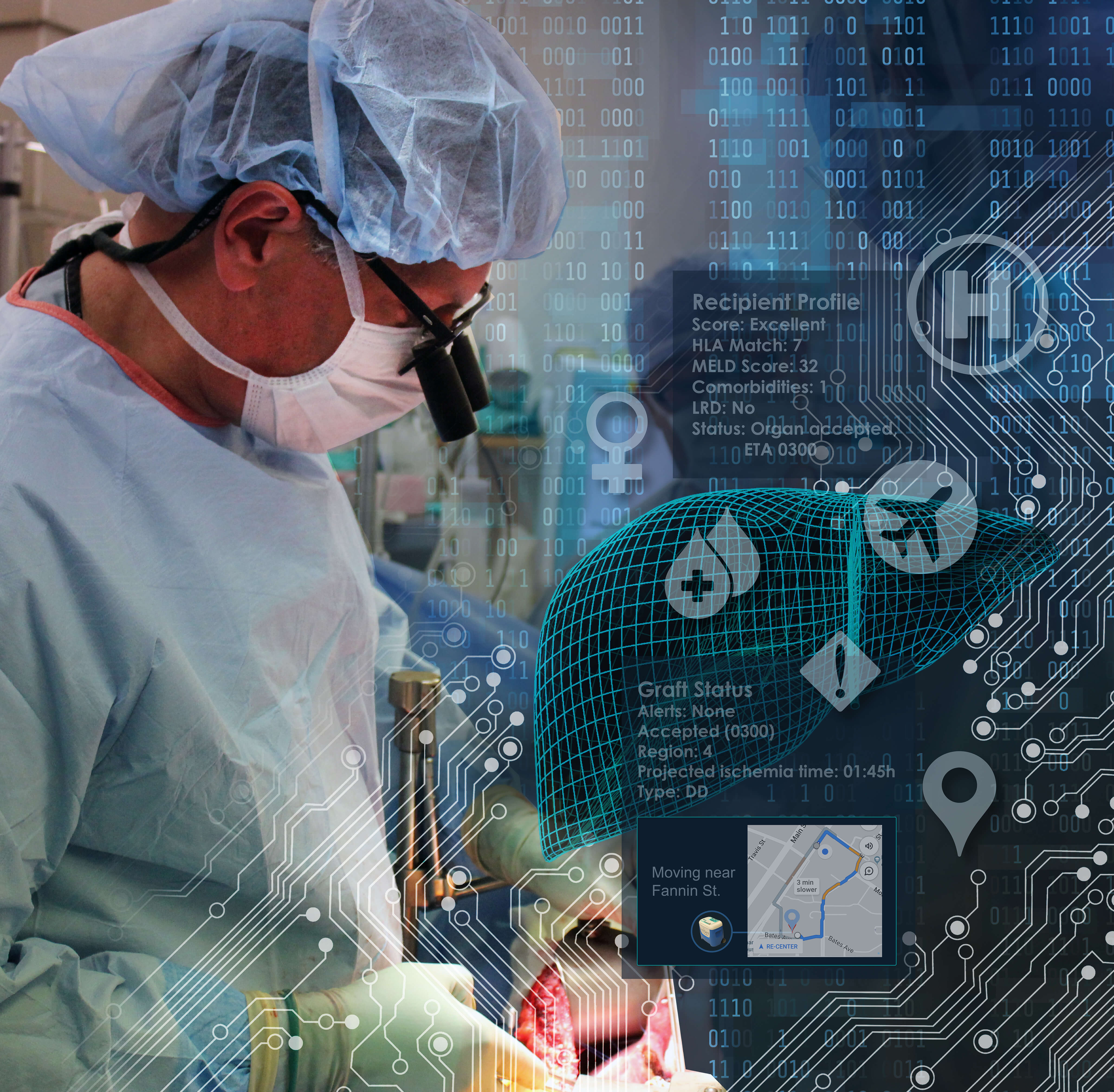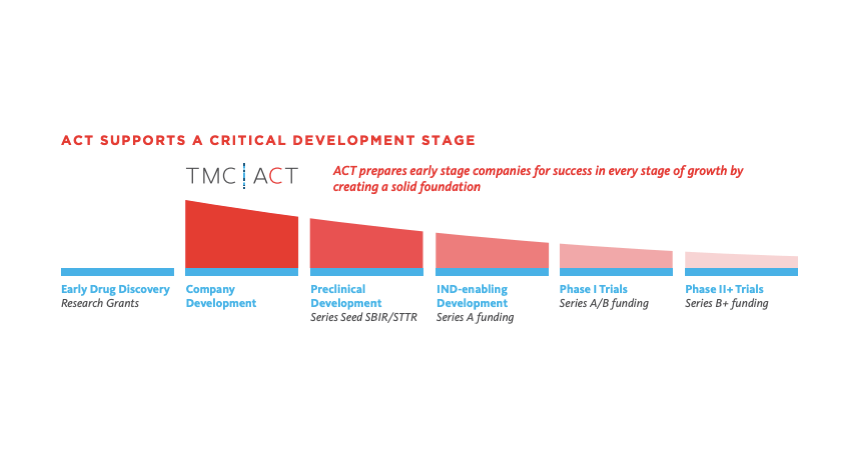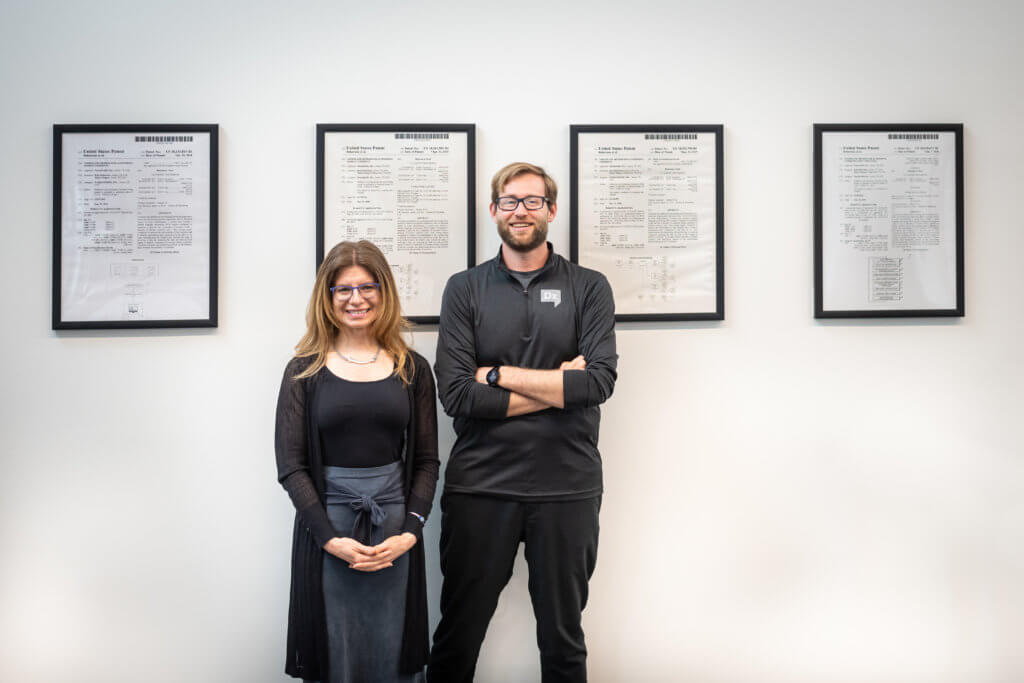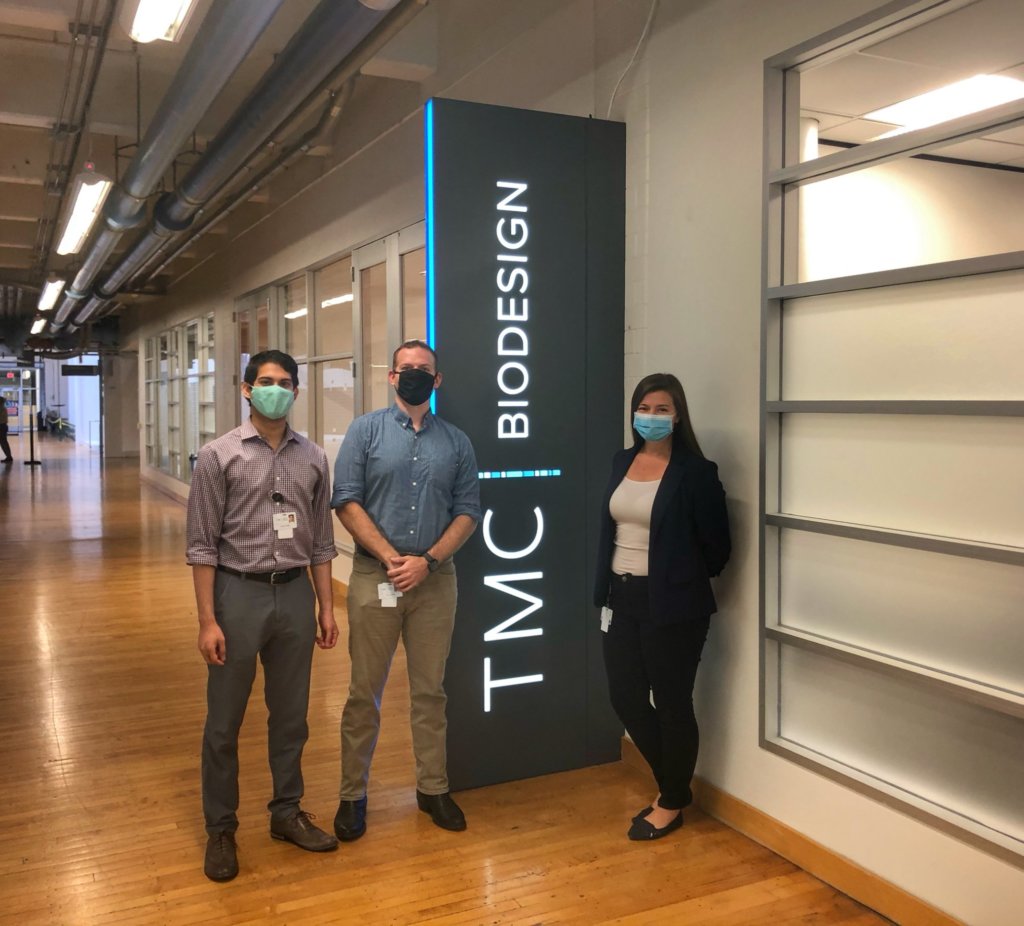Baylor College of Medicine is experimenting with AI to improve liver transplant outcomes
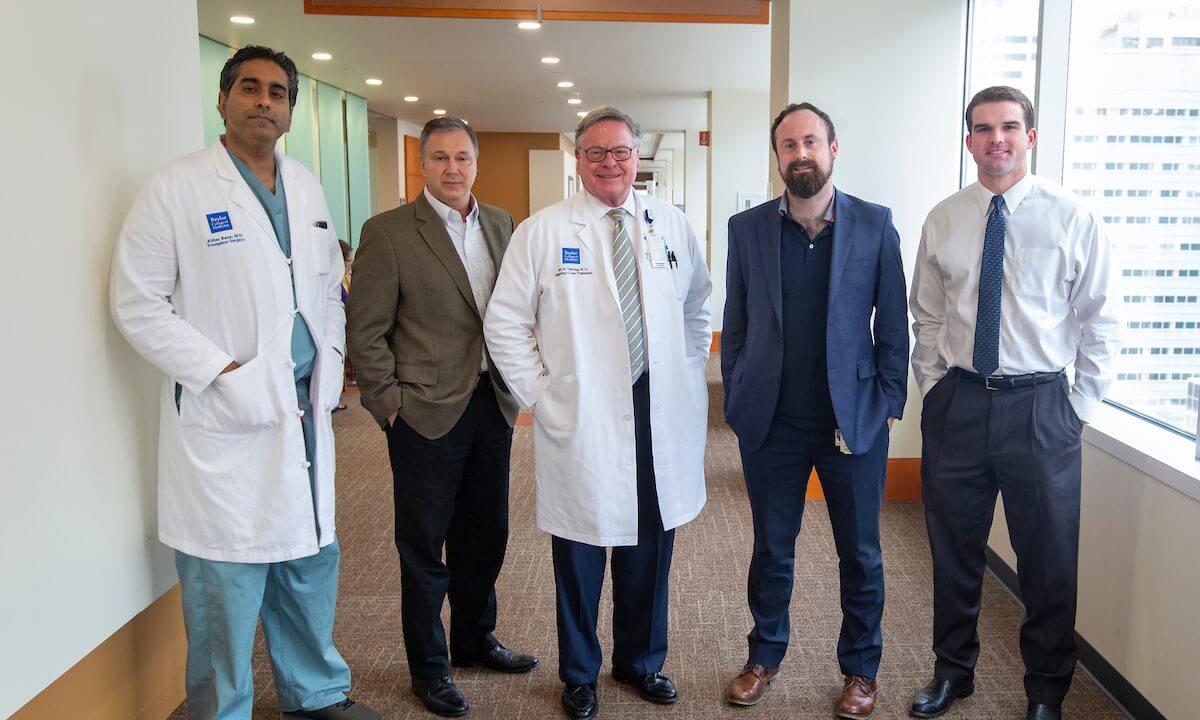
As thousands nationwide wait for a life-giving organ, Houston researchers and physicians at Baylor College of Medicine and CHI St. Luke’s Health have teamed up with InformAI to investigate the potential use of Artificial Intelligence (AI) technologies to enhance liver transplant outcomes.
Abbas Rana, M.D., assistant professor of surgery in Baylor’s department of surgery, division of abdominal transplantation, performs numerous kidney and liver transplantation surgeries each year. Artificial intelligence or AI offers hope because he has been underwhelmed with the tools doctors currently have to determine whether a donated organ will be a good match for a patient.
This tech—akin to the Netflix innovation that allows users to choose videos or that Amazon employs to tailor advertising— brings more sophistication to medical research.
“Our field is highly regulated and we are dependent on regression models,” Rana said. “This is a way of taking our models and using a more sophisticated form of model generation using artificial intelligence and machine learning.”
There are currently more than 113,000 people in need of a lifesaving organ in the United States, according to UNOS, the United Network for Organ Sharing. The private, nonprofit organization manages the nation’s organ transplant system under contract with the federal government. The number of donors and transplants in the U.S. are “at an all-time high,” UNOS reports.
After kidneys, livers are the most-implanted organs.
To make liver transplants more efficient and successful, Rana went to Stuart Corr, Ph.D., assistant professor and director of Baylor’s Interdisciplinary Surgical Technology and Innovation Center (INSTINCT), to begin looking at ways to better match patients with donors.
InformAI CEO Jim Havelka was tapped to build and test a predictor tool powered by AI. Havelka and his team are using liver transplant outcomes from the past 30 years to better inform the device on making the best matches.
“If you look at a lot of existing models today, the correlations tend to be linear in nature,” Havelka said. “These tools are able to extract some very minute details and patterns in the data that are typically missed with more traditional, statistical analysis tools, so the quality of the prediction and correlations are much more refined.”
Ideally, Havelka explains, when the device is developed, it will act as a surgeon’s assistant in matching a donor and a patient.
“We envision using AI to help the clinician decide,” Rana said. “Usually, it is a team—the surgeon with the medical doctor and the hepatologist working in conjunction when they get a certain organ offering for a certain organ recipient. The organ may be marginal—what are the chances they will get a better organ? What are the chances they will die waiting? What are the chances they will survive after you give them this particular organ?”
For the new device, Havelka explains he will be able to streamline 30 years of not only data on transplant patients, but also crunch information on patients who did not receive a transplant, data on the quality of the organs that have been donated and donor health in general.
InformAI is in the process of running the first iterations of the programming with a base model and the group hopes to do a preliminary evaluation in a clinical setting soon.
“We are poised with the opportunity to utilize not only the 300 or more variables within UNOS, but ultimately, to incorporate even greater numbers of variables that are available in electronic databases which we use for patient care now,” said liver transplant specialist John Moore Vierling, M.D. He is professor of medicine and surgery in Baylor’s division of abdominal transplantation, chief of hepatology and director of Baylor Liver Health. “When you look at the totality of information, AI has the capacity—without using a hypothesis-based approach—to find the interactions where there are associations of statistical nature to ultimately understand what data are important without predefining a limit as to what you can analyze.”

